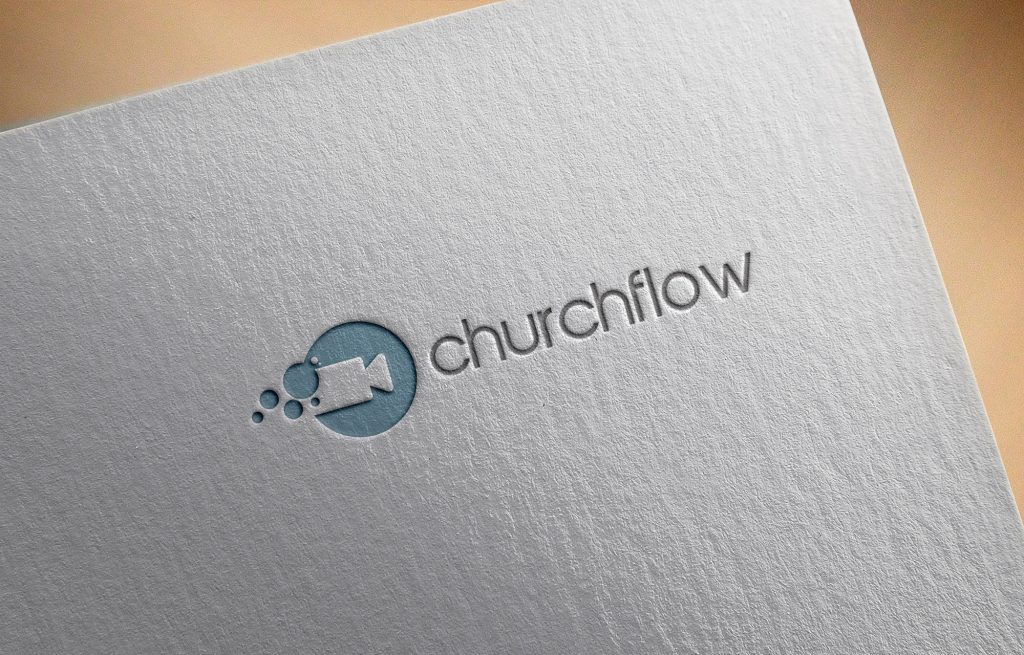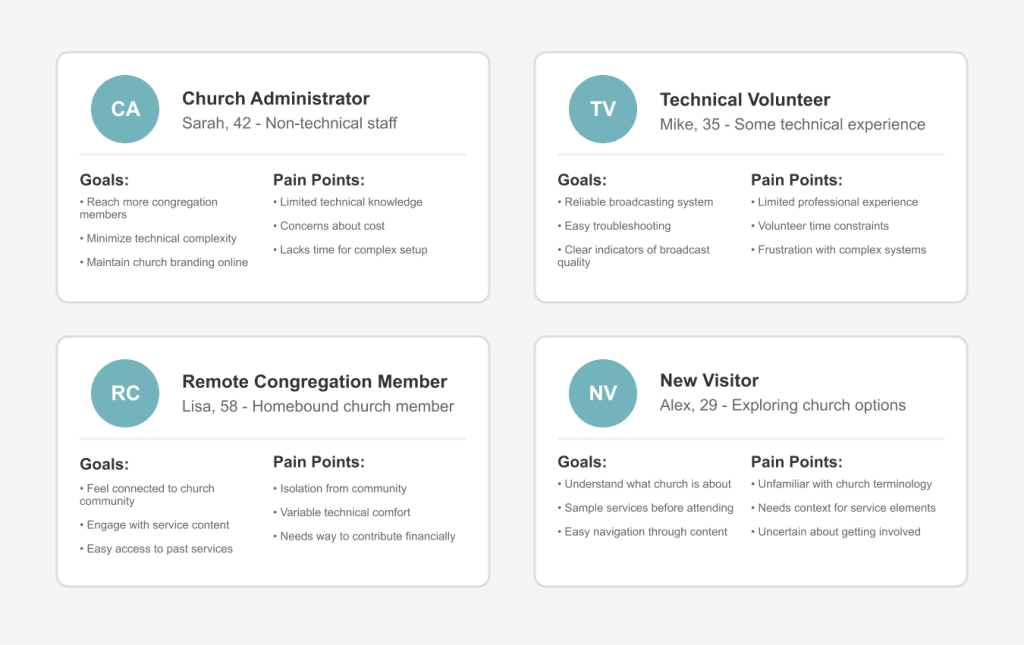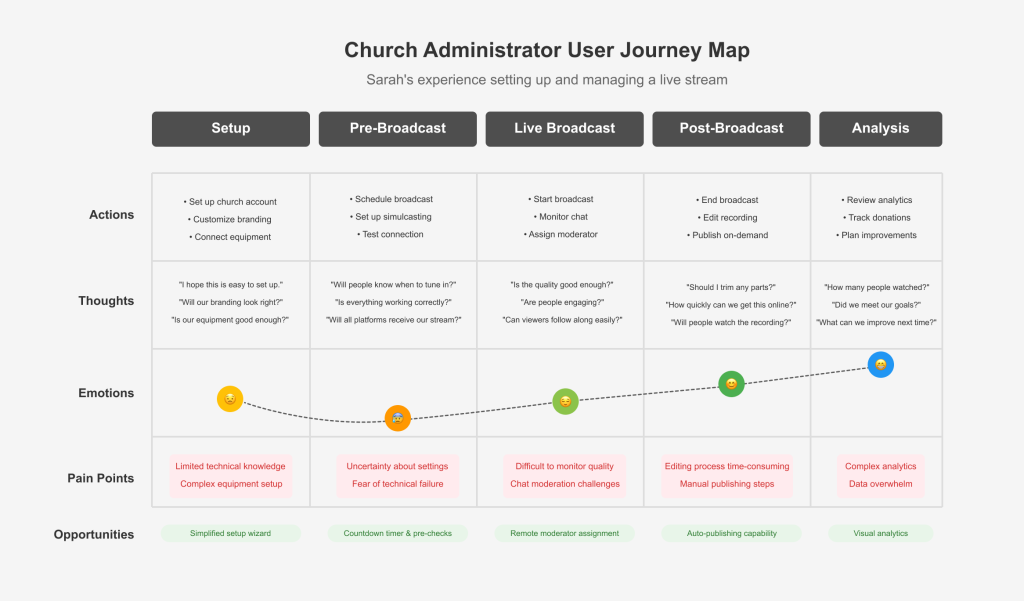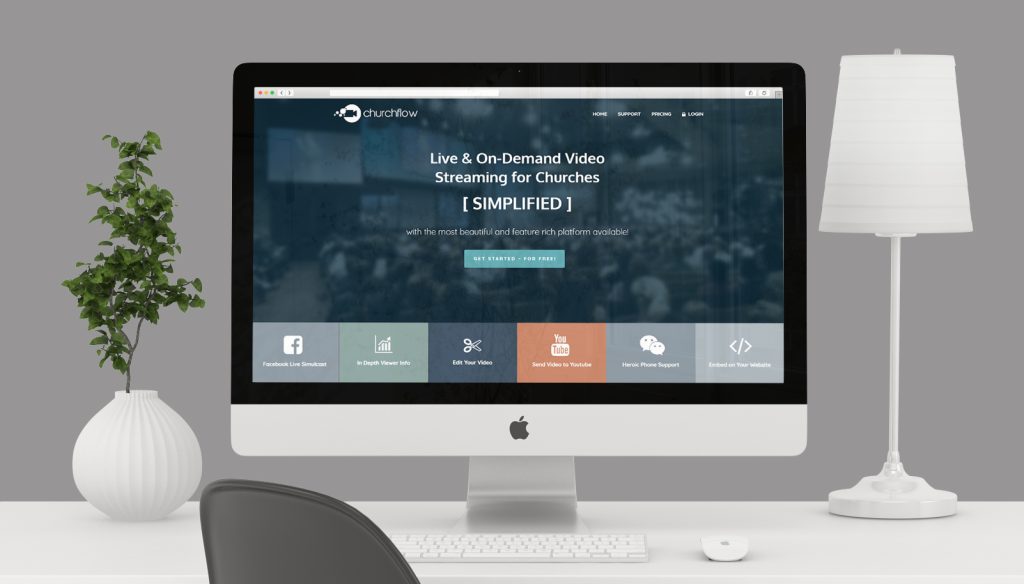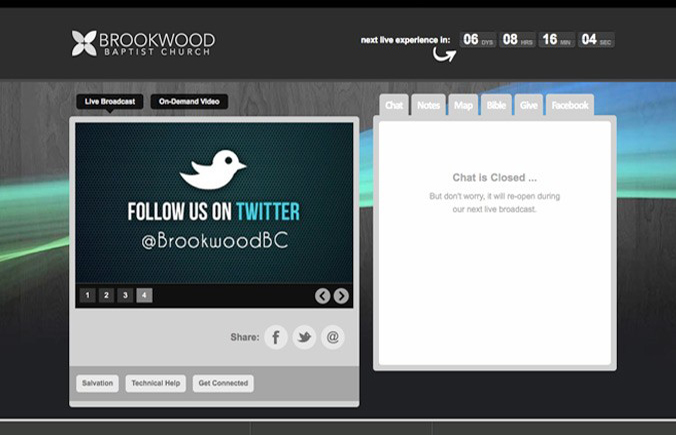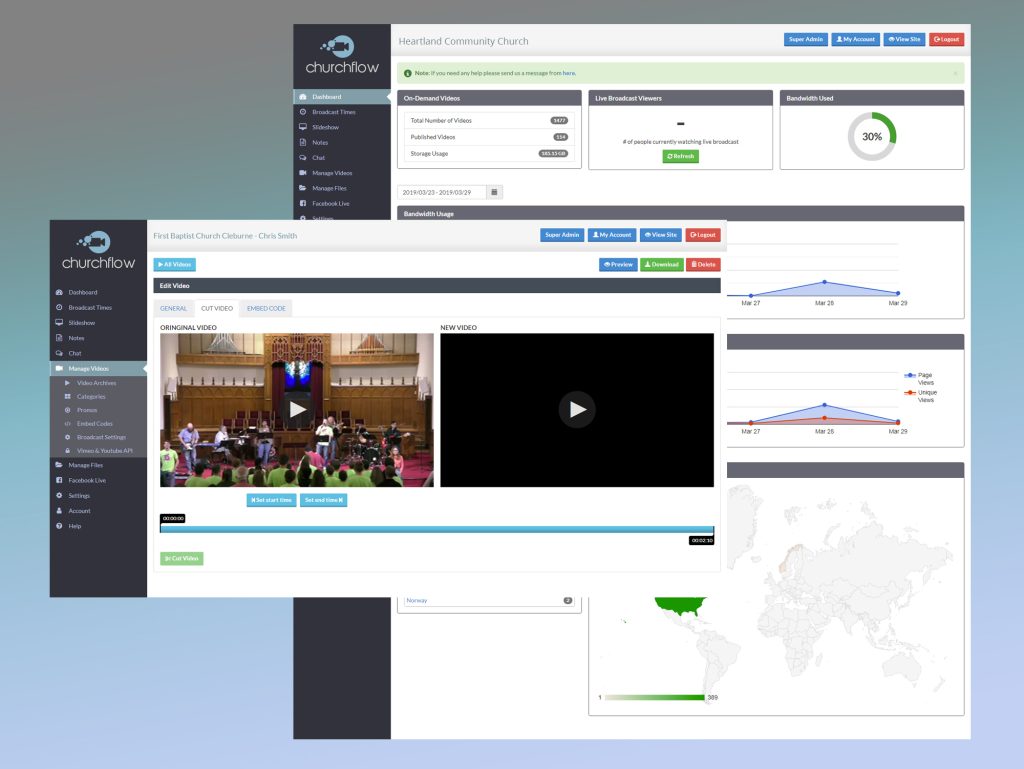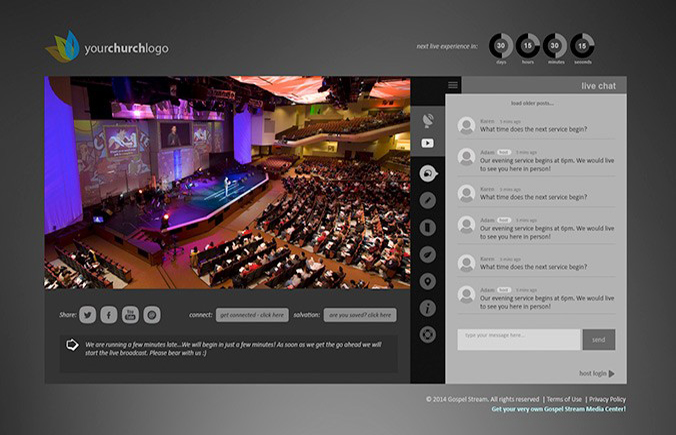Church Flow
B2B: Live and on-demand video streaming platform
Project overview
Church Flow emerged as a pioneering streaming platform specifically designed for churches and religious organizations. The platform offers both live and on-demand streaming capabilities, allowing religious communities, schools and local governments to broadcast their services, meetings, and events to audiences anywhere in the world.
The challenge
When Church Flow was conceived, religious organizations faced several significant barriers to digital outreach:
- Prohibitive Costs: Churches were paying $1,500-$2,000+ monthly for basic streaming services (note: this was pre Facebook Live and Youtube Livestreaming)
- Limited Distribution: No existing solution offered simulcasting to multiple social media platforms
- Technical Expertise Gap: Most religious organizations lacked both the technical knowledge and equipment required for quality broadcasting
- Development Constraints: Finding affordable developers and determining the right technology stack presented significant hurdles
- Scaling Issues: As the service grew, new challenges emerged in storage capacity and supporting tens of thousands of simultaneous viewers
Discovery & research
The development process began with extensive research to understand both the technical and human elements of the streaming experience:
- Contextual Inquiry: Visited 15+ churches of varying sizes to observe their existing technical setups and workflows
- Stakeholder Interviews: Conducted in-depth interviews with pastors, technical directors, and congregation members to understand goals and pain points
- Competitive Analysis: Evaluated existing streaming solutions, identifying gaps in features, usability, and affordability
- Technical Feasibility Study: Assessed various streaming technologies, server configurations, and development frameworks to determine the optimal technical approach
Key research insights revealed that while churches valued digital outreach, they were hindered by complex interfaces, prohibitive costs, and the inability to maintain their unique brand identity across digital platforms.
User Personas & Journey Mapping
Based on research findings, four primary user personas were developed:
- Church Administrator: Non-technical staff responsible for coordinating service streaming
- Technical Volunteer: Church member with some technical knowledge but limited professional experience
- Remote Congregation Member: Individual seeking to participate in services from home
- New Visitor: Potential congregation member exploring the church through digital means
Journey maps were created for each persona, tracking their experience from setup through broadcast to post-service engagement. These maps highlighted critical pain points and opportunities:
- Setup complexity was a major barrier for administrators and volunteers
- Remote congregants struggled with feeling connected to the live service experience
- New visitors needed contextual information to understand service elements
User stories & requirements definition
User stories were developed to guide feature prioritization:
- “As a church administrator, I want to schedule broadcasts in advance so that I don't have to manually start each service.”
- “As a remote congregant, I want to take notes during the sermon so that I can reference them later.”
- "As a technical volunteer, I want clear audio/video quality indicators so that I can troubleshoot issues in real-time."
These stories were prioritized based on user impact and technical feasibility, creating a development roadmap that balanced immediate needs with long-term vision.
Prototyping & testing
Low-fidelity wireframes were developed for key user flows:
- Broadcasting setup and management
- Viewer experience for live and on-demand content
- Administrative analytics dashboard
These wireframes evolved into interactive prototypes that were tested with representatives from each persona group. Testing revealed critical usability improvements:
- Simplified broadcasting controls with clear status indicators
- Streamlined viewer navigation between live and on-demand content
- Intuitive analytics visualizations for non-technical users
MVP development & iteration
Working closely with the development team, an agile approach was implemented:
- Two-week sprint cycles with regular user testing
- Feature prioritization based on user impact versus development effort
- Continuous feedback loops with early adopter churches
The initial MVP focused on three core experiences:
- Simple, reliable broadcasting setup for church staff
- High-quality, accessible viewing experience for congregants
- Basic analytics for church administrators
Feature enhancement based on user feedback
As the platform matured, user feedback drove the development of enhanced features:
Customizable Broadcast Pages
- User Need: Churches needed to maintain brand consistency across all touchpoints
- Implementation: Developed a templated approach with customizable elements including logo placement, color schemes, and background images
- Outcome: 87% increase in viewer retention as users reported stronger connection to their specific church community
Next Live Broadcast Countdown
- User Need: Visitors often arrived at the page between services with no context on when to return
- Implementation: Dynamic countdown timer with timezone detection and calendar integration
- Outcome: 43% increase in return visitors and 28% reduction in "when is the next service?" support inquiries
Interactive Note-Taking
- User Need: Congregants wanted to engage more deeply with sermon content
- Implementation: Synchronized note-taking tool that tracks timestamps with sermon points and allows email export
- Outcome: 65% of regular viewers utilized the feature, with 72% reporting enhanced sermon retention
Automated On-Demand Publishing
- User Need: Churches wanted to maximize content value without additional workflow
- Implementation: Configurable auto-publishing with optional review period and editing tools
- Outcome: 340% increase in on-demand viewing as content became consistently available
Interactive Viewer Map
- User Need: Churches and viewers wanted to visualize the global community
- Implementation: Real-time geographic visualization of viewer locations with privacy controls
- Outcome: Created tangible sense of global community, particularly valued by missionary-focused organizations
Moderated Live Chat
- User Need: Viewers sought interactive community experience during broadcasts
- Implementation: Role-based chat system with remote moderator capabilities and filtering tools
- Outcome: 56% of viewers engaged with chat functionality, creating stronger community bonds
Integrated Donation System
- User Need: Churches needed to maintain financial support during digital transition
- Implementation: Secure payment processing with customizable donation forms and reporting
- Outcome: Average 22% increase in overall giving for client churches through our platform.
Multi-Platform Simulcasting
- User Need: Churches wanted to reach audiences across their existing social media presence
- Implementation: Unified broadcasting control with platform-specific optimization
- Outcome: Average 215% increase in total interaction and viewership across all platforms
Technical evolution
The technical architecture evolved alongside the user experience:
- Initial implementation on dedicated servers with manual resource allocation
- Transition to AWS infrastructure with edge server implementation
- Implementation of auto-scaling to handle viewership spikes during major religious holidays
- Development of analytics processing to provide actionable insights without overwhelming non-technical users
Impact and results
Church Flow transformed from a niche solution to a comprehensive platform serving local governments, schools, religious organizations around the world, and hundreds of thousands of viewers:
- Reduced streaming costs by 70-80% compared to alternatives
- Expanded digital reach for client organizations
- Simplified technical requirements enabling churches of all sizes to establish a digital presence
- Created sustainable engagement models for remote congregation members
The UX-driven approach ensured that each technical advancement directly addressed real user needs, creating a platform that not only made streaming accessible, but fundamentally enhanced how religious communities connect in the digital age.

